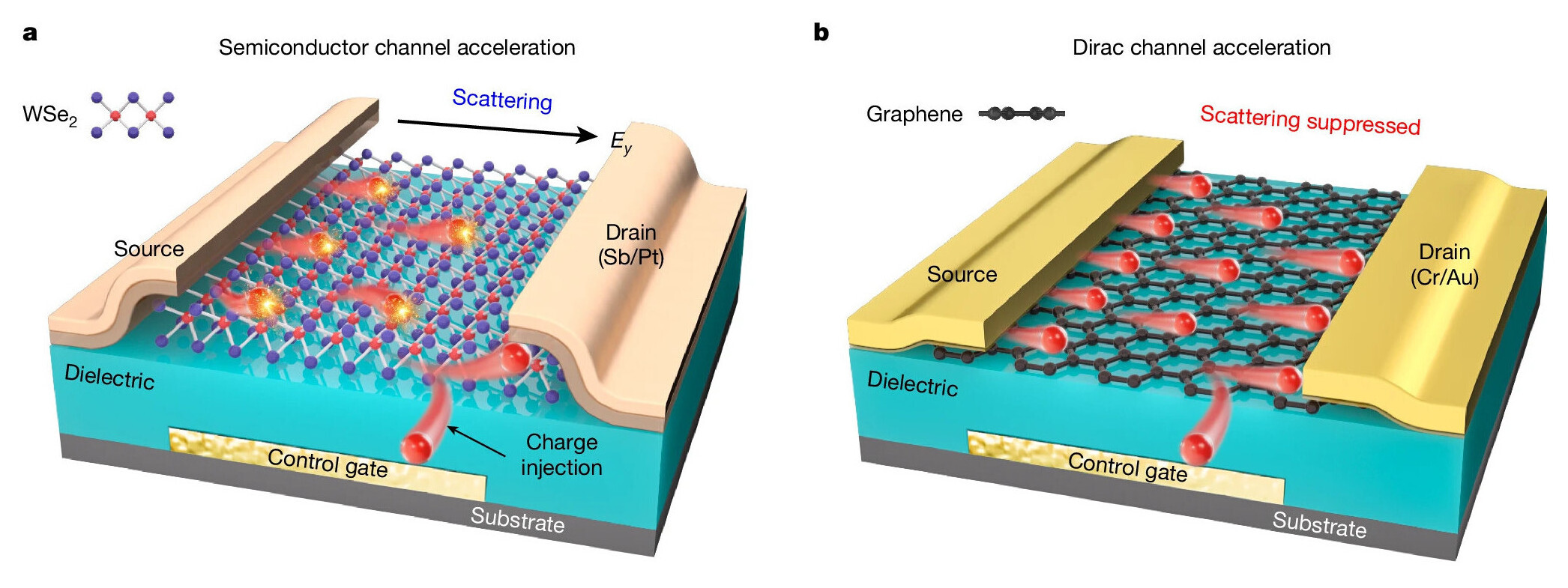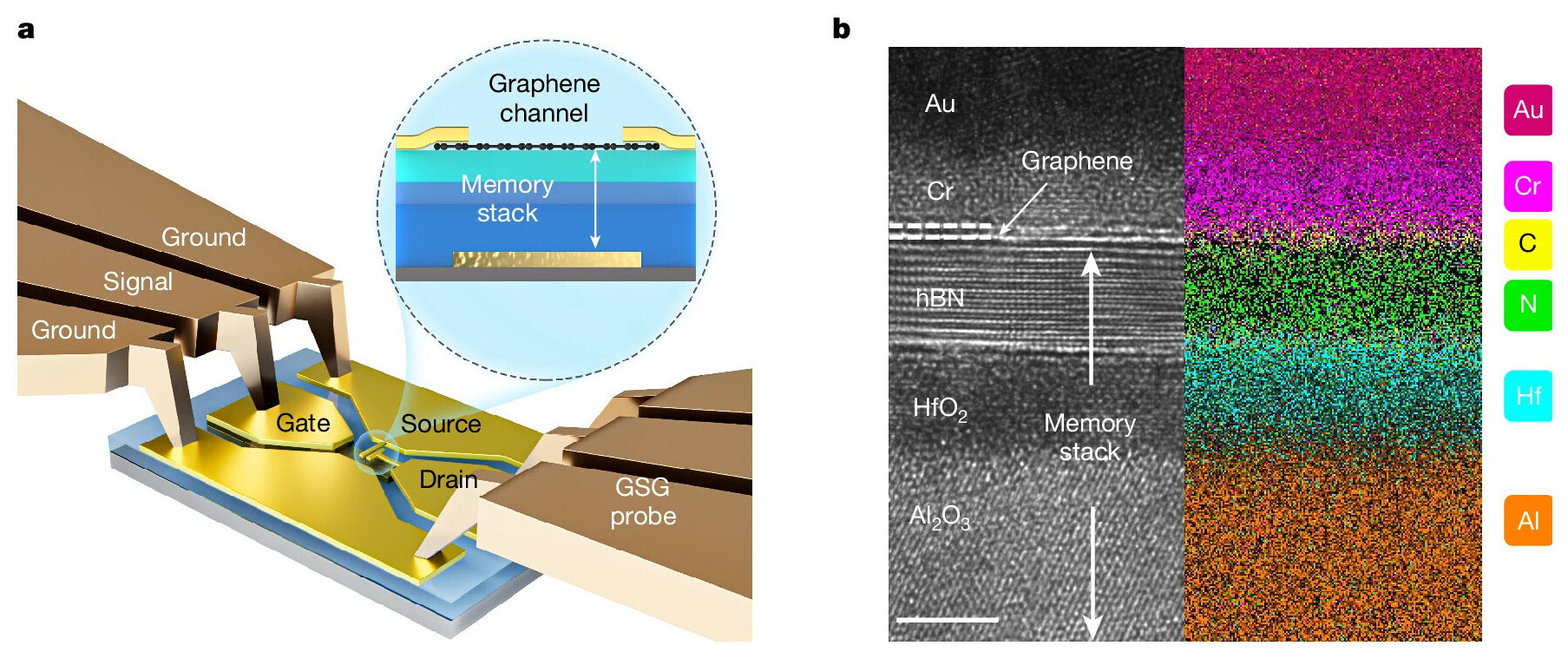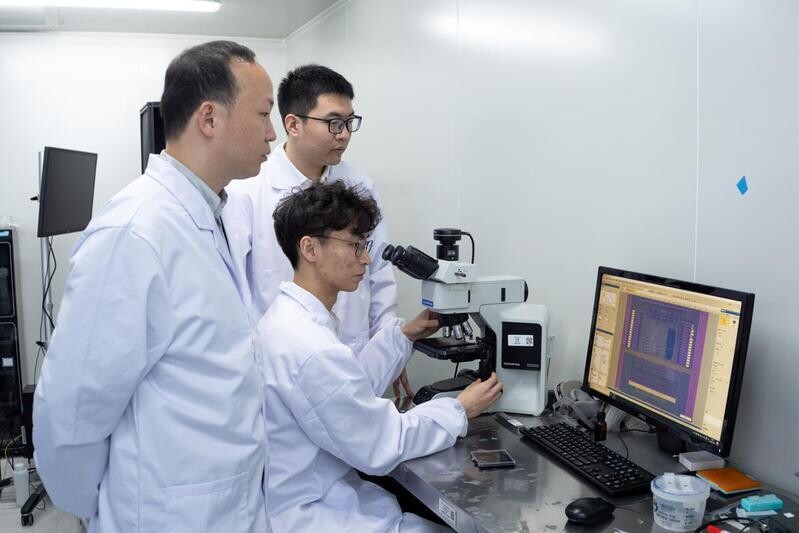Researchers at Fudan University Make Breakthrough in Integrated Circuit Technology
A team of researchers at Fudan University, led by Zhou Peng and Liu Chunsen, has achieved a significant milestone in integrated circuit technology. They have developed a groundbreaking picosecond flash memory device named "PoX" that operates at unprecedented speeds. By creating a quasi-2D Poisson model, the team was able to predict a phenomenon known as "super-injection," surpassing existing theoretical limits on memory speed. The device is capable of read/write speeds of 400 picoseconds, equivalent to approximately 2.5 billion operations per second, making it the fastest semiconductor charge memory technology in the world.
Zhou Peng, a researcher at Fudan University's State Key Laboratory of Integrated Chips and Systems and a key member of the research team, described the device's speed by saying, "This is like the device can work one billion times in the blink of an eye, while a U disk (a hard drive in USB form) can only work 1,000 times. The previous world record for similar technology was two million."
Traditional flash memory technology requires electrons to accelerate along a channel before being stored, a process limited by the distance of acceleration and electric field constraints. The new approach, incorporating Dirac energy band structure, ballistic transport properties of two-dimensional materials, and modulation for the Gaussian length of the 2D channel, allows electrons to achieve high speeds immediately without any 'run-up' period. This breakthrough has the potential to revolutionize computer architecture by eliminating the need for separate memory and storage components, enabling large AI models to be deployed locally without hierarchical storage.
Within the next 3-5 years, the researchers aim to scale integration to tens of megabits, after which the technology will be available for licensing to industry. The research findings were published in the journal Nature 641, 90-97 (2025) under the title 'Subnanosecond flash memory enabled by 2D-enhanced hot-carrier injection'.


